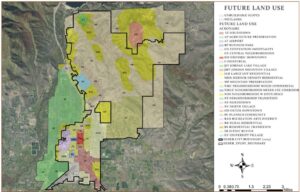As architects & designers, we often work with people who have drastically different backgrounds, skills, experiences, and who care about different aspects of a project. The client will turn to us when they don’t know what to do next when it comes to acquiring a piece of land, getting their building permitted, getting approval from a governing board, or getting the funding necessary to continue work on their project. Every group of people will care about a different part of the project, and while we aren’t necessarily responsible for every part, we play an important role by working as an agent for our client. We are the ones who know the process backward and forwards and know what the client will need from us to get them to the finish line with their potential project.
Each project is unique and will have individual challenges, especially in the pre-design and design phases. After relaying all the information to the client that they may or may not have experience with, the best thing we can do to make sure the process is as streamlined as possible is to tailor each piece of information to the audience it serves. Leaving extraneous information off these kinds of documents to highlight the subject at hand will make the process much smoother. The planning commission for a mixed-use building will have different interests than the developer who will be presenting documents to the lender, who will have vastly different priorities than the future tenant looking to lease space in the proposed building.
Below I have a few examples of how tailoring the deliverables to a specific audience might look.
_____________________________________________________________________________________________
Audience: Developer who is interested in buying a piece of land, or who recently purchased a piece of land
Deliverable: A basic concept study that outlines the zoning requirements, site limitations, and potential uses. If the process is further along, they might be looking for more detailed square footage calculations for specific uses.
At this point in the process, the client is likely looking to see if it’s feasible to do what they want with a specific piece of land. Clearly and concisely laying out the MAJOR requirements and limitations of the site will best serve the audience. If they’re further along, clearly defining areas and calculations with no confusing or overlapping information will provide what they need to keep the process moving on their end.
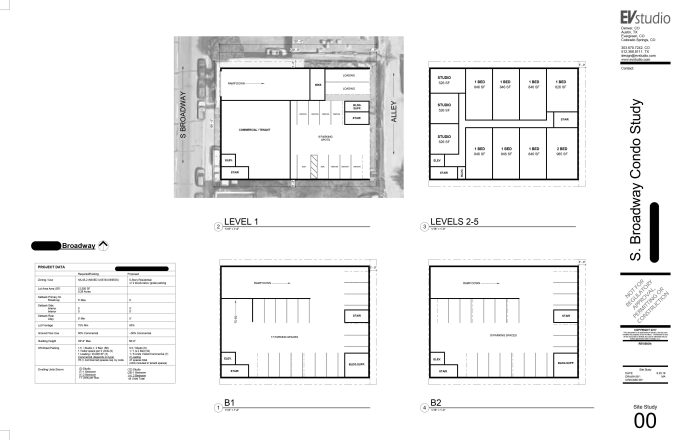
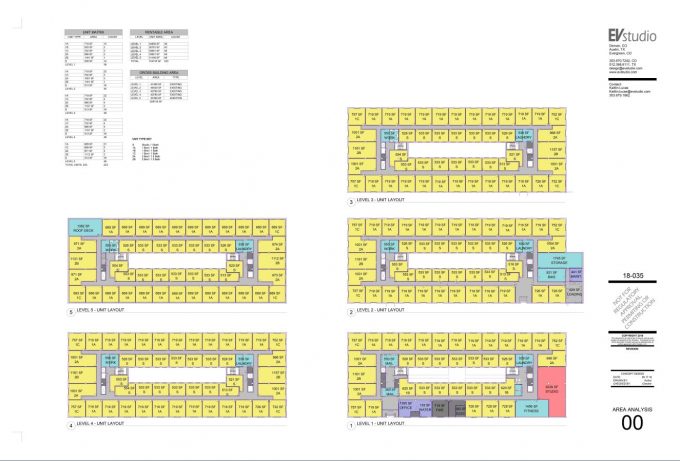
_____________________________________________________________________________________________
Audience: Architectural Review Board who is looking to approve (or reject) the proposed design
Deliverable: Design-oriented, aesthetically pleasing presentation
If your project is going through a design review, more than likely there will be designers of some type sitting on the jury. They probably don’t care about the unit mix or leasable square footage in this scenario. Focusing on the things they WILL care about will get you much further than trying to describe what your intentions are with a plan full of dimensions or waterproofing details created for a sub-contractor to understand.
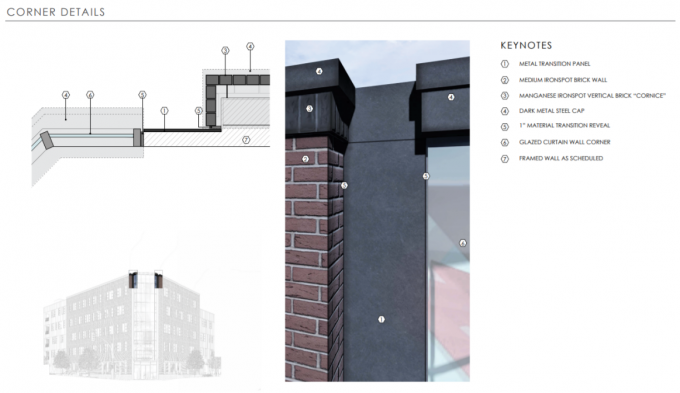
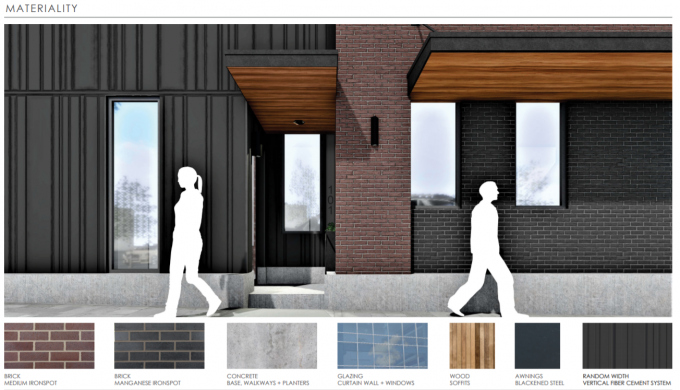
_____________________________________________________________________________________________
Audience: Planning commission meeting, City Council meeting, Neighborhood meeting
Deliverable: Documents outlining how this building or development will benefit the city/neighborhood as a whole
The city your project is in has a lot of power over the success of said project. If you’re the architect or designer on the project, you should be confident that this is a positive addition to the city or neighborhood you’re proposing in, so the hard part is proving it. Presenting the information in a way that’s easy for everyone in the room to understand is key.
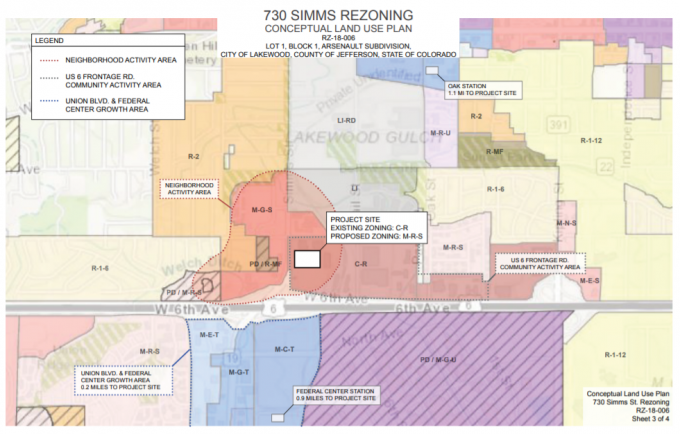
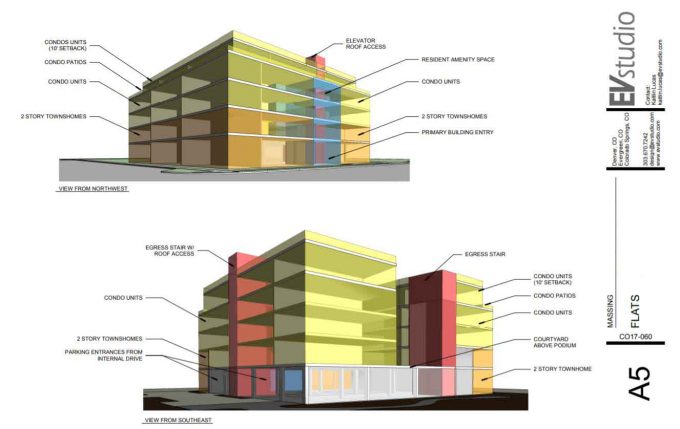

_____________________________________________________________________________________________
Again, there are infinite types of information you might need to communicate, and infinite ways to do that. The above examples show a handful of audiences you might encounter, and 1 way of tailoring the information to them. There will always be new groups to present to, new types of approvals needed, and sometimes very specific requirements of how to document that information. The better understanding you have of your audience and what their intentions are, the better you can tailor the information presented for them to have the understanding they need, and smoother and more stream-lined the project will (hopefully!) be.



